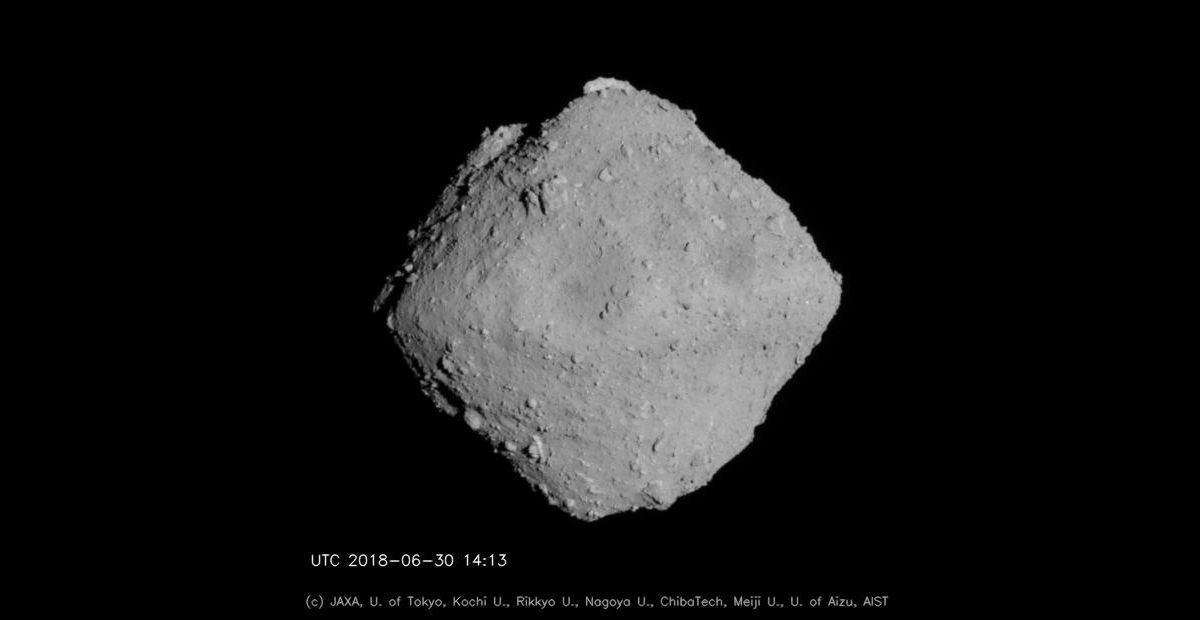Carried in a pocket or small bag, a pair of the best compact binoculars can be a must-have in any traveling stargazer’s kit list. While tripod-mounted telescopes and other larger binoculars may be more suitable for serious astronomy, the best compact binoculars offer better portability and will still give you great night sky views, even though they may come with some small compromises. Carried in a pocket or small bag, a pair of the best compact binoculars can be a must-have in any traveling stargazer’s kit list. We’ve got a…
Read MoreMonth: August 2022
We Are Going: Artemis I on Launch Pad
NASA’s Space Launch System (SLS) rocket with the Orion spacecraft aboard is seen atop the mobile launcher as it is rolled up the ramp at Launch Pad 39B, Wednesday, Aug. 17, 2022, at NASA’s Kennedy Space Center in Florida.
Read MoreSpaceX CRS-25 Dragon Returns to Earth with Scientific Hardware and Samples
SpaceX’s 25th commercial resupply mission (SpaceX CRS-25) is scheduled to return home from the International Space Station on August 19.
Read MoreNASA’s Artemis 1 moon mission will carry the world’s 1st deep-space biology experiment
NASA’s next rocket launch will have a few hitchhikers onboard. When the Artemis 1 mission launches, currently scheduled for Aug. 29, the new Space Launch System (SLS) rocket will take to the moon not only NASA’s next-generation Orion capsule, but also 10 tiny cubesats. One of those cubesats is the BioSentinel mission, which will be the first long-duration biology experiment in deep space. (Biology experiments have thus far been limited to the Earth-moon system.) The cubesat, which is carrying yeast cells, will enter an orbit around the sun similar to…
Read MoreAsteroid Ryugu contains dust older than the solar system
Ancient grains of dust that are older than the solar system itself have been found in samples from asteroid Ryugu brought to Earth by the Japanese Hayabusa2 spacecraft nearly two years ago. The presence of this pre-solar material in Ryugu is not a surprise, as similar ancient grains were previously found in several carbonaceous chondrite meteorites, which are carbon-rich pieces of space rocks that survived the fall through Earth’s atmosphere to land on the planet. The ancient particles in samples from Ryugu are made of silicon carbide, a chemical compound…
Read MoreSupermassive black hole pair nearest Earth is locked in a violent cosmic dance
Astronomers have photographed a violent cosmic dance that began between two galaxies a billion years ago, pulling them into a collision that birthed a new chaotic galaxy. At the heart of that giant collision-born galaxy are two supermassive black holes — each once at the core of respective progenitor galaxies. The duo are the closest supermassive black hole pairing to Earth ever discovered. Eventually, in around 250 million years, these titanic cosmic monsters will also collide and merge like their parent galaxies, creating an even more massive supermassive black hole,…
Read MorePerennial Perseids
The Perseid meteors are an annual event many skywatchers look forward to, as they often produce lots of shooting stars to enjoy.
Read MoreNASA Awards Next-Generation Spaceflight Computing Processor Contract
NASA’s Jet Propulsion Laboratory in Southern California has selected Microchip Technology Inc. of Chandler, Arizona, to develop a High-Performance Spaceflight Computing (HPSC) processor that will provide at least 100 times the computational capacity of current spaceflight computers.
Read MoreNASA Science Leadership to Hold Town Hall Meeting
NASA will hold a community town hall meeting with Associate Administrator for Science Thomas H. Zurbuchen and his leadership team at 12:30 p.m. EDT Wednesday, Aug. 17.
Read MoreWatch a NASA moon rover complete a lunar obstacle course (video)
When it comes to space rovers, it’s been all about Mars for NASA — save for the Apollo-era Lunar Roving Vehicle. But that’s about to change with the Commercial Lunar Payload Services (CLPS) program. The initiative will see quite a few machines, including rovers, delivered to the moon over the next few years. One of those robots is NASA’s Volatiles Investigating Polar Exploration Rover (VIPER), currently scheduled to land on the moon in late 2024. VIPER will search the moon’s south pole for ice and other resources that may aid…
Read More